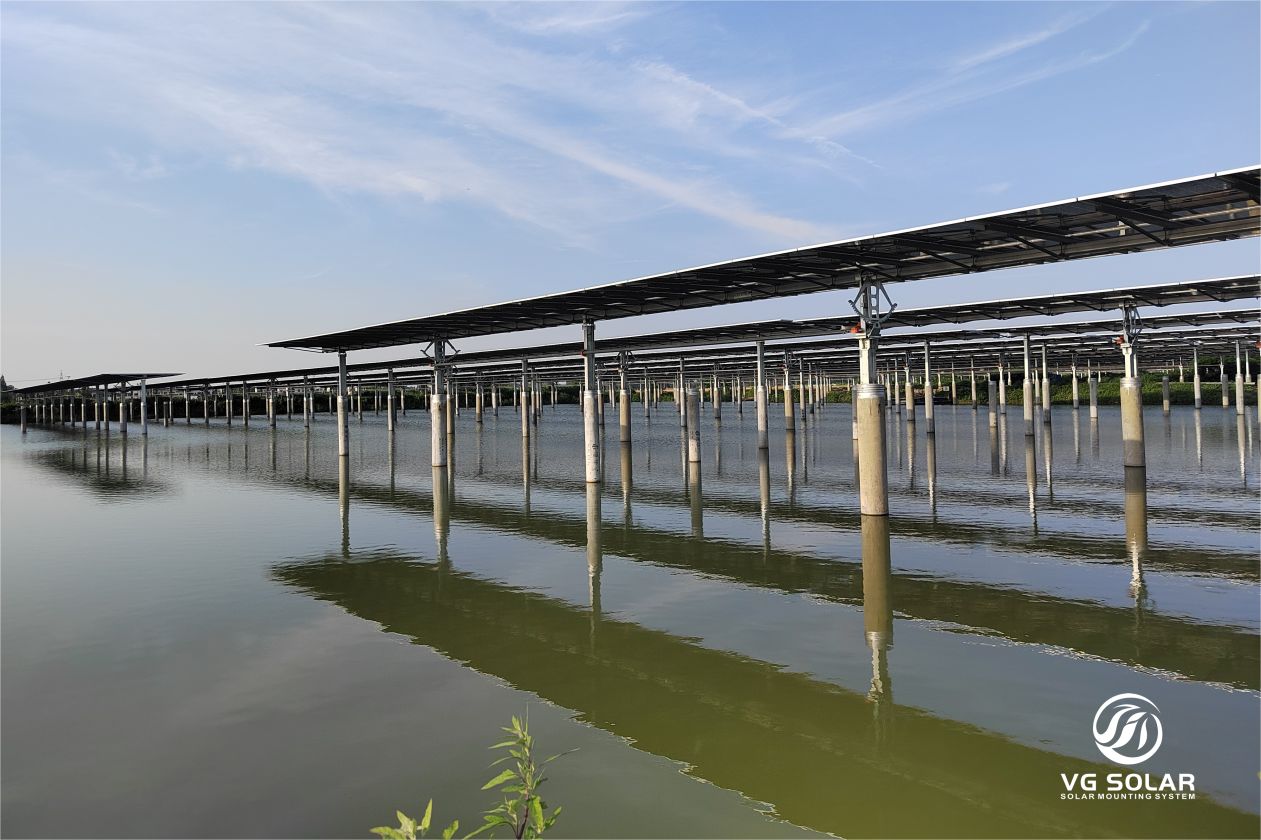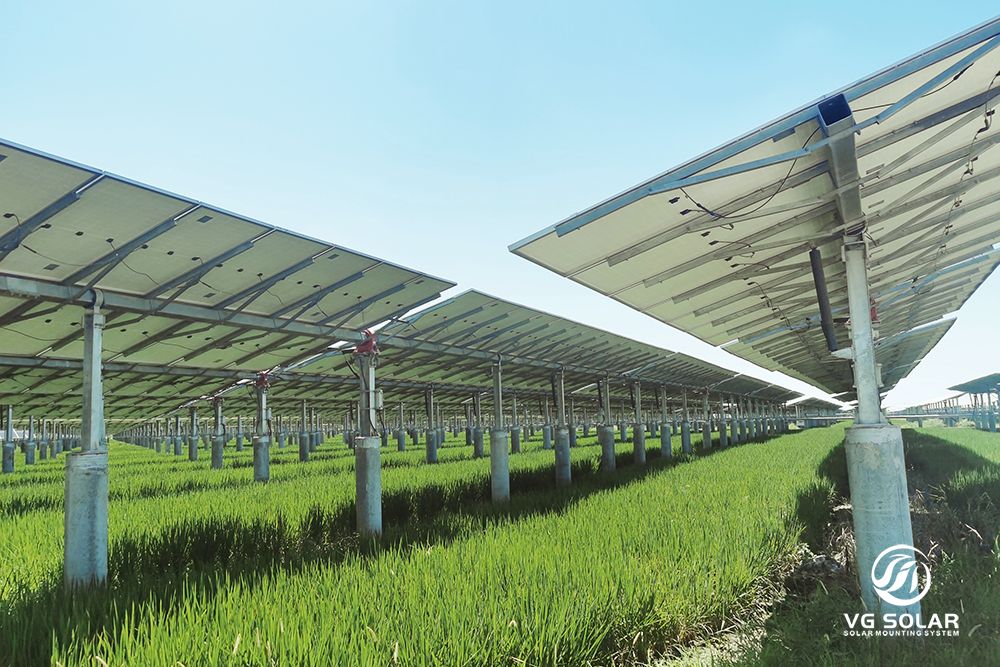In recent years, there has been a growing demand for renewable energy sources such as solar power. Solar power offers significant environmental and economic advantages over traditional methods of electricity generation. However, the lack of flat land resources and uneven terrain pose challenges to realising the full potential of solar energy. In addition, shading issues further limit the efficiency of solar panels. To overcome these challenges, intelligent tracking technology has become a key solution.
One of the main reasons why solar power requires smart tracking technology is the scarcity of ideal, flat land. Traditionally, solar panels have been installed in ground-mounted systems, but it is becoming increasingly difficult to find large, flat areas of land on which to install these systems. Uneven terrain poses a challenge because solar panels need to be perfectly aligned for maximum efficiency. This is where smart tracking comes in.
Smart tracking technology in the solar power system allows the panels to follow the path of the sun throughout the day, maximising solar exposure and increasing power generation. Using advanced sensors and algorithms, these systems ensure that the solar panels are always in the optimum position, even on uneven terrain. This ability to adapt to any landscape allows solar installations to be built in areas previously considered unsuitable for installation.
Intelligent tracking technology also plays an important role in overcoming the problem of shadow. Shadows cast by surrounding objects such as buildings, trees or even neighbouring panels can significantly reduce the energy output of a solar panel. Without a tracking system, the entire panel array could be partially or even completely shaded, resulting in a significant loss of efficiency. The Smart Tracking System solves this problem by continuously adjusting the tilt and angle of the panels to minimise the impact of shading and ensure continuous power generation throughout the day.
In addition to overcoming the challenges posed by uneven terrain and shading, Smart Tracking technology offers several other power generation benefits. Firstly, these systems significantly increase the amount of energy that can be harvested from solar panels. By actively tracking the sun’s movement, solar panels can capture more sunlight, increasing efficiency and generating more electricity.
In addition, intelligent tracking systems can be better integrated with the grid. As the energy output of solar panels fluctuates throughout the day, it is critical to match production to demand. By maintaining optimal output levels, smart tracking technology provides a more stable and reliable power supply, reducing the strain on the grid and enabling the seamless integration of solar power into existing infrastructure.
In addition, intelligent tracking technology has the potential to save energy. By maximising solar power generation, these systems help to reduce reliance on non-renewable energy sources such as fossil fuels. This not only reduces carbon emissions and shrinks your carbon footprint, but also contributes to a greener, more sustainable future.
In summary, the challenges of uneven terrain and shading are driving the need for intelligent tracking technology for solar power generation. These systems optimise energy production by allowing solar panels to follow the path of the sun, overcoming land resource constraints and ensuring continuous power generation in the presence of shade. In addition, smart tracking technology offers generation benefits such as increased energy output, better grid integration and potential energy savings. As demand for renewable energy continues to grow, investment in smart tracking technology is essential to unlock the full potential of solar energy and pave the way for a cleaner, more sustainable future.
Post time: Aug-31-2023


